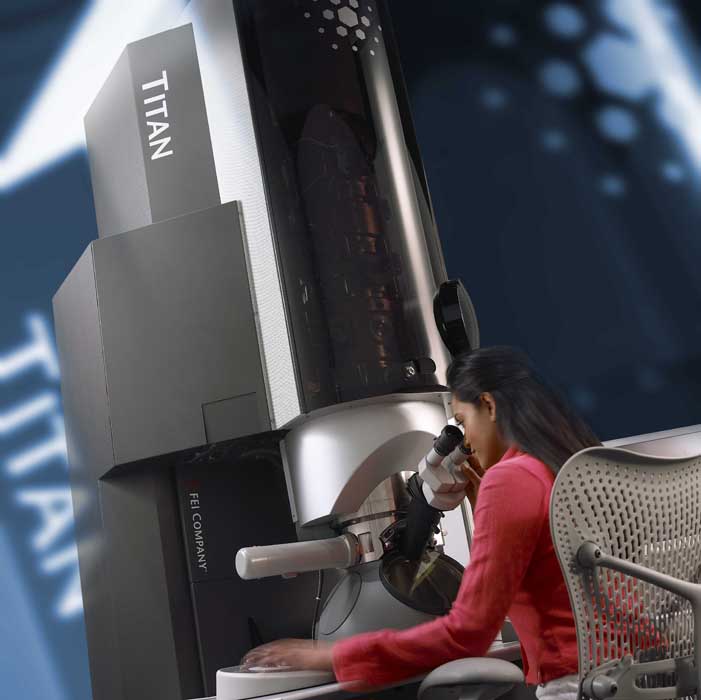Nov 16 2007
Chalmers University of Technology in Göteborg, Sweden is the first institute in that country to have installed an FEI Titan™ scanning/transmission election microscope (S/TEM), the world’s most powerful commercially-available microscope. The university’s inauguration of the advance instrument was marked by a special dedication ceremony and a special series of seminars focused on materials research.
“It is incredibly exciting and stimulating. The instrument is one of the best available and offers the opportunity to go even further in exploring the secrets of materials,” said Eva Olsson of Chalmers’ department of applied physics. “One single atom can make the difference between success and failure. We can identify an atom and its location and examine its nature."

The inauguration events were attended by officials from the university, FEI Company and invited guests.
“The need for a new high-end corrected transmission electron microscope solution to meet the needs of the department of applied physics at Chalmers was first discussed with FEI in September of 2004,” explained Don Kania, president and CEO of FEI. “I am delighted to say that the outcome of these discussions is what you see before you today, the world’s most powerful S/TEM, the Titan 80-300. At FEI, we pride ourselves on being able to build strong, lasting relationships with our customers and in helping them to develop solutions to their ongoing scientific challenges. We look forward to continuing the strong bond with Chalmers University of Technology.”
The Titan will be used to support research on functional microstructures of materials and interfaces in thin films with an emphasis on electronic materials, semiconductors, superconductors, dielectrics, ferroelectrics and magnetic materials. The microscope will also be used for research on a wide spectrum of other materials including: magnetic nanoparticles for biodiagnostics, photoactive nanoparticles, carbon nanotubes, catalyst particles, solar cell structures and hard coatings.
“The microscope also strengthens our position as an attractive collaborative partner
for others. It opens the door to new research areas through significantly improved resolution, both in terms of capacity for depiction and in energy for spectroscopy. We can
also acquire information about the three-dimensional structure and its link to properties on the nanometer scale," added Olsson.